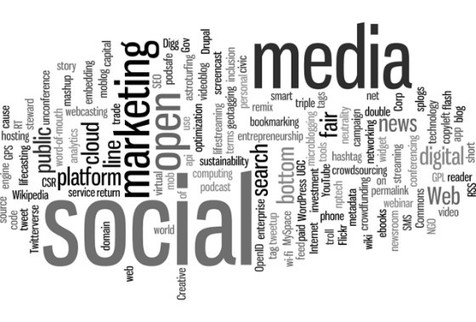The Modern Enterprise is not the first canvas designed for businesses to follow—in fact, the Modern Enterprise drew inspiration from its predecessors the Lean Startup (http://leanstack.com/) and Business Model canvases (http://www.businessmodelgeneration.com/canvas/bmc). Both canvases serve distinct purposes from both the Modern Enterprise canvas and each other. Whereas Rahul developed the Modern Enterprise to adapt companies of all sizes to the increasingly prominent world of Software as a Service, the Lean Startup and Business Model canvases tailor to distinct sizes of enterprises in any industry.
The Business Model canvas, from Osterwalder and Pigneur’s Business Model Generation, aims to guide businesses at scale. The Business Model canvas divides large corporations into separate components that each fit into one of three de-coupled business operations:
- Customer Retention
- New Product Development
- Infrastructure
Most Software as a Service companies utilize all three categories. They provide infrastructure to other companies through their enterprise products, they constantly iterate on new products and features, and they maintain good customer service to retain customers and prevent desertion to competitors.
Ash Mauruya’s iteration on the Business Model canvas, the Lean canvas (from his book Running Lean) is aimed primarily towards startups and small businesses. Mauruya acknowledged that the Business Model canvas provides a good explanation for how established companies thrive, but he thought it failed to adequately assist small startups in becoming successful. The Lean canvas, as the name would imply, focuses on provisioning the minimum time and money necessary to sustain a startup in its early stages and limited in its resources.
The Lean canvas emphasizes a few key aspects of any startup and asks a few vital questions of any prospective entrepreneur:
- Problem – Customer (What value are we creating?)
- Unique Value Proposition (What makes our product or service usefully special to the customer that no other business is doing?)
- Channels (What is the path to the customer?)
- Solution (What are the features of our solution?)
- Cost Structure – Revenue Streams (How do we make money?)
- Key Metrics (How do we measure success?)
- Unfair Advantage (What’s our special sauce?)
Part of running lean is identifying a specific problem to solve for a narrow customer segment. The more focused the startup’s Unique Value Proposition, the higher chance for success it has.
The Business Model and Lean Startup canvases share similarities, but also possess nontrivial differences. The Lean Startup canvas is better suited towards beginning entrepreneurs and small businesses while the Business Model canvas is directed towards established businesses. For the typical modern enterprise builder, the Lean canvas represents their current situation while the Business Model canvas represents the end destination of their business.
Justin Yum is an apprentice for Anant Corporation (www.anant.us). For more tips, and announcements pertaining to Rahul Singh’s upcoming, “The Modern Enterprise” subscribe to the Anant Corporation newsletter by clicking here: http://eepurl.com/npJmj
Like us on Facebook
Follow us on Twitter


